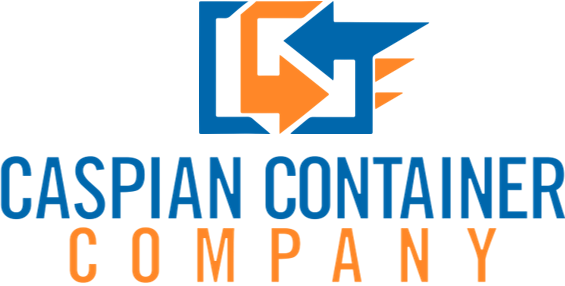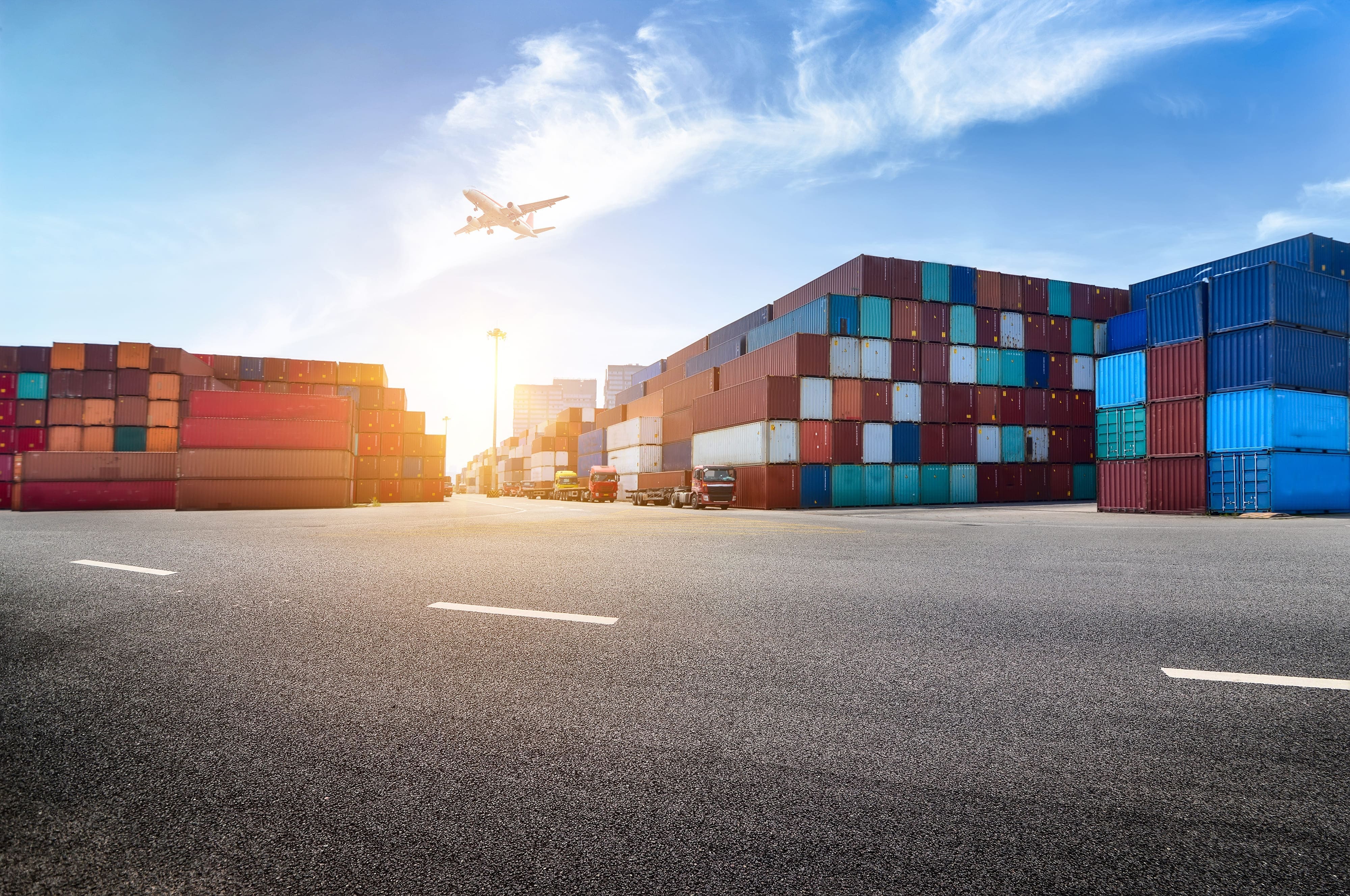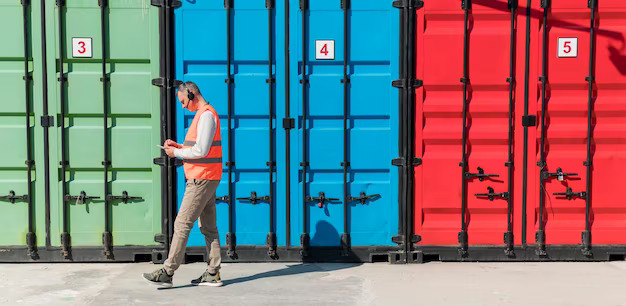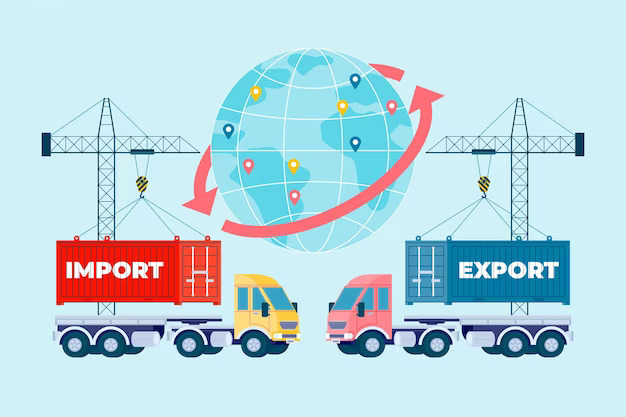Containerization dates back to the early twentieth century when the first intermodal transport container transformed global trade. These hefty steel crates still carry the food we eat, the clothes we wear, and the shoes we walk in today. They are only now available in various shapes and sizes for multiple uses. So, how do you choose the best container for your products?
Choosing the correct shipping container also guarantees that your products arrive securely. Here are the most popular types of shipping containers you can discover; thoroughly analyzing these will help you choose the proper sort of shipping container:
Standard containers for general cargo: The most common type of containers, especially in 20' and 40' sizes. Dry goods are transported in these containers. High cube containers for added height: Do your products necessitate greater height and space? High cube containers are an extra foot tall and come in two lengths: 40 feet and 45 feet. They have the same loading capacity as trailers and are ideal for short-distance shipping.
Hard top containers for extra heavy cargo: Is your cargo very heavy? Do you think you'll need a forklift to load it? Hard-top containers have a removable roof that makes it easier to load and unload freight; instead of using the entrance, you can enter through the roof opening. They are quite adaptable because they may be used as regular and open-top containers.
Flexitank for non-hazardous liquid goods: Do you have any non-hazardous liquids like cooking oil, water, or beer? Consider a wine bag-in-box. The same is true for flexitank containers. A huge bag is placed inside a standard 20-foot container, filled with liquid, and fastened to prevent movement.
Open top containers for heavy and tall goods: Do you have heavy and tall items that need to be lifted by a crane? Open-top containers have tarpaulin roofs instead of solid roofs and come with lashing rings to secure the load. This enables you to work from above and load the container even at great heights.
Flat Rack Containers: Is your cargo large or odd in size or shape? The walls of ordinary containers have inherent restrictions. Flat racks, on the other hand, do not have a roof or walls on the long sides. This allows you to load freight not only from the top but also from the sides, allowing it to stick out as needed.
Moisture-sensitive items should be stored in ventilated containers: Do you transport commodities that require ventilation, such as coffee beans? Openings at the top and bottom of the long sides of ventilated containers allow fresh air to flow through the container. Humidity control pads called Cargo Desiccant can be installed with ventilation.
Tank containers for hazardous liquids, gases, and powders: Do you need to transport dangerous gases, powders, or liquids? Tank containers are the ideal option in that case. These cylindrical containers are made to withstand hazardous liquids and have the exact frame measurements as normal containers.
Reefer containers for commodities that require a certain temperature: Do you need to keep the temperature of perishable commodities like frozen fish, fruit, or vegetables while transporting them? Reefer containers have refrigeration devices that circulate cool air around the contents and throughout the container to dissipate heat. They have the ability to regulate temperatures as low as -30 degrees Celsius.
When it comes to shipping containers, why is their condition so important?
Choosing the appropriate shipping containers for your need is a crucial part of preparing your shipment. The kind and size of shipping containers you use—typically a general-purpose (GP) container in a 20-foot or 40-foot length, in either a normal or high cube configuration—will depend on your needs, most important is the volume of cargo/ dimension.
But choosing the appropriate shipping container is just the beginning. Choosing the state your containers should be in for your project is the second step in the decision-making process. The urge to find the least expensive containers accessible is there.
This is not advised, though. You can end up with structurally weak containers that need numerous repairs before they are weathertight enough and suitable for construction. Your building expenses could go through the roof if you attempt to address one of these problems later.
Inspections, whether formal or informal, are used to determine the conditions of containers. A container may undergo a bewildering array of inspections during its lifetime, including the inspection you may conduct when purchasing your containers. Choosing your shipping containers wisely: the ultimate guide to selecting the right containers for your goods.
When selecting a shipping container, there are many things to consider. Our goal at Caspian Containers is to help you choose the ideal shipping container for your requirements. The following considerations should be made in your decision:
What purpose will you put the container to?
Are you holding equipment or supplies? Delivering goods? International shipping? We have a large selection of shipping containers to pick from. You must take the intended use of the container into account to select the best shipping container for your requirements.
Please get in touch with our staff for additional information about selecting the best shipping container and professional guidance.
How long do you need containers for?
Are you trying to find a temporary or permanent solution? When attempting to select the ideal shipping container for your demands, leasing, one-way, buying container, or COC carrier-owned containers.
Your Budget Matters
The budget you have to spend plays a big role in deciding on the best shipping container.
Although used containers are frequently less expensive than new ones, you should ensure they are in excellent enough shape to meet your requirements. Additionally, renting a shipping container rather than purchasing one is always a possibility. To choose which shipping container will suit your needs and budget the best, contact our experts.
Do you require a certain container type or size?
This includes:
- General purpose
- High cube shipping containers.
- Side-opening shipping containers
Two of the most popular standardised containers used globally are the 20- and 40-foot containers. These well-liked solutions, however, might not always be the ideal choice for quick transportation of small amounts of products with sensitive cargo.
Need help to pick the right shipping container?
Still unsure about which container will work best for your goods? Not to worry. We at caspian containers are quite well-versed in all things related to shipping containers. We can also assist you with a variety of other cargo-related services.







